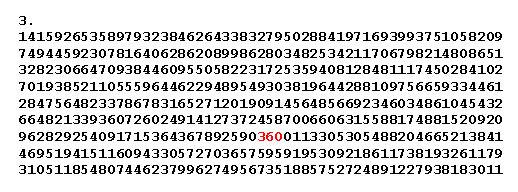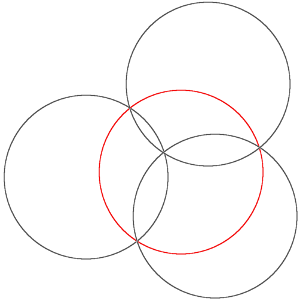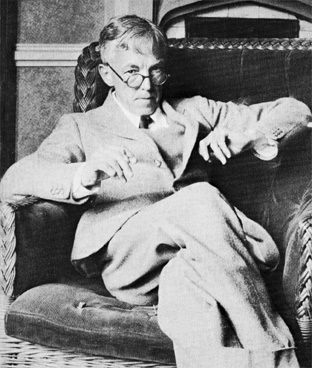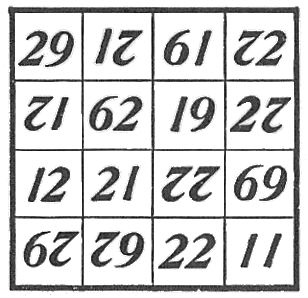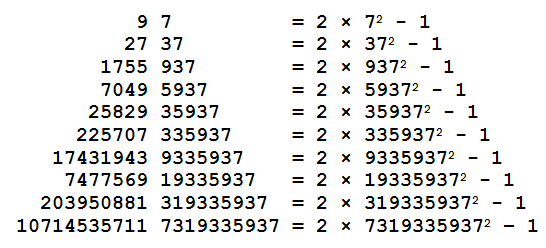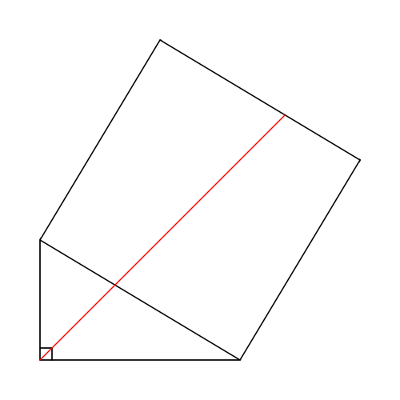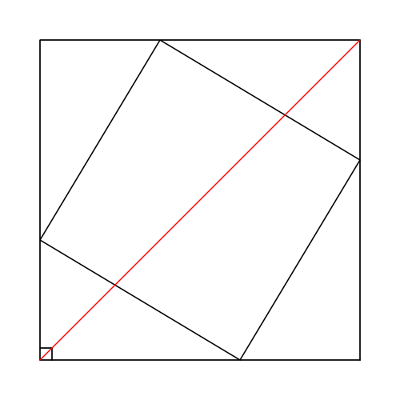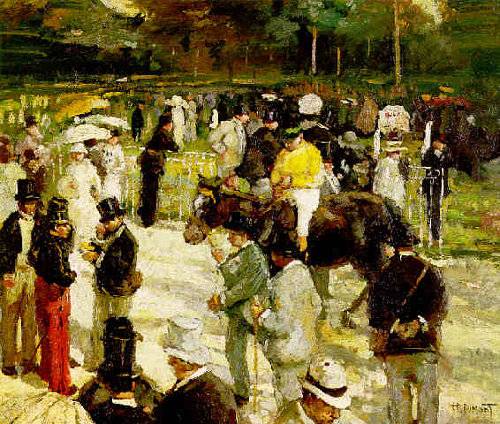
[Lewis Carroll] told me of a simple, too simple, rule by which, he thought, one could be almost sure of making something at a horse-race. He had on various occasions noted down the fractions which represented the supposed chances of the competing horses, and had observed that the sum of these chances amounted to more than unity. Hence he inferred that, even in the case of such hard-headed men as the backers, the wish is often father to the thought; so that they are apt to overrate the chances of their favourites. His plan, therefore, was to bet against all the horses, keeping his own stake the same in each case. He did not pretend to know much about horse-racing, and I probably know even less; but I understand that it would be impossible to adjust the hedging with sufficient exactitude — in fact, to get bets of the right amount taken by the backers.
— Lionel Arthur Tollemache, Old and Odd Memories, 1908

